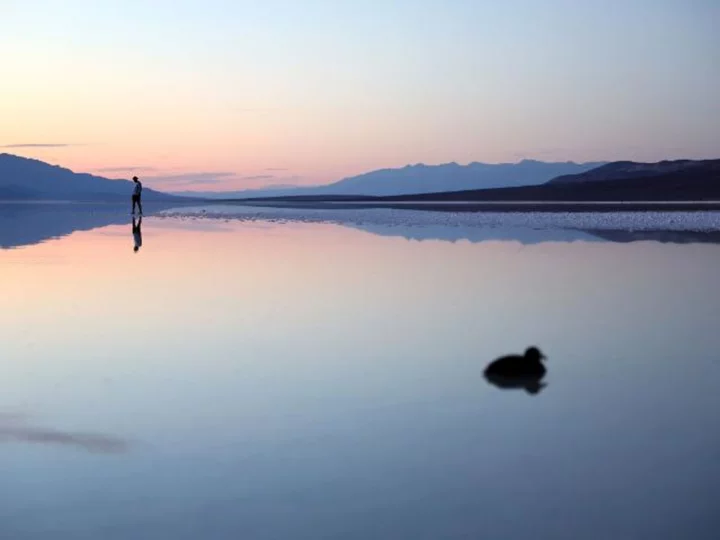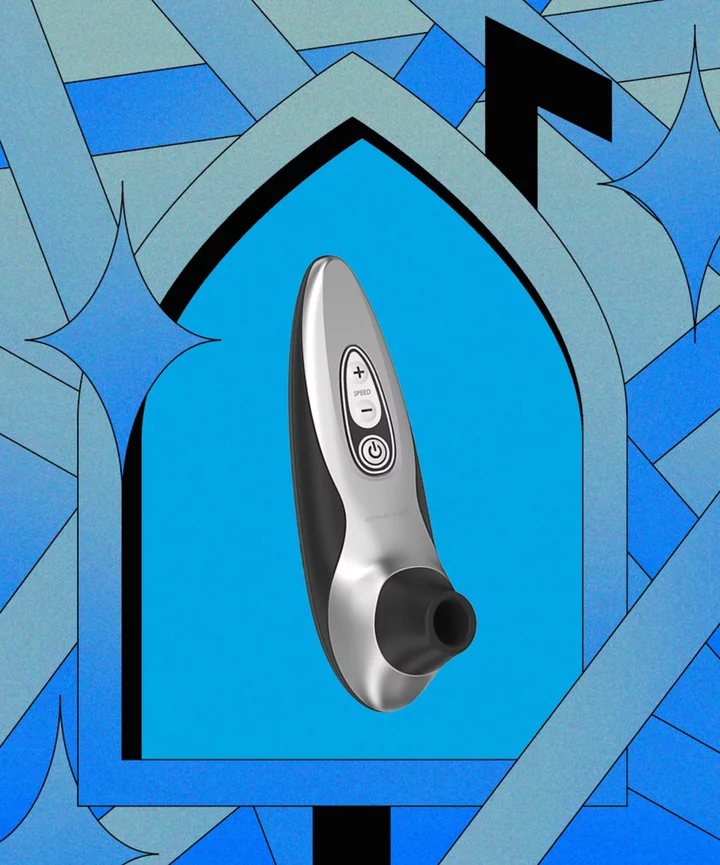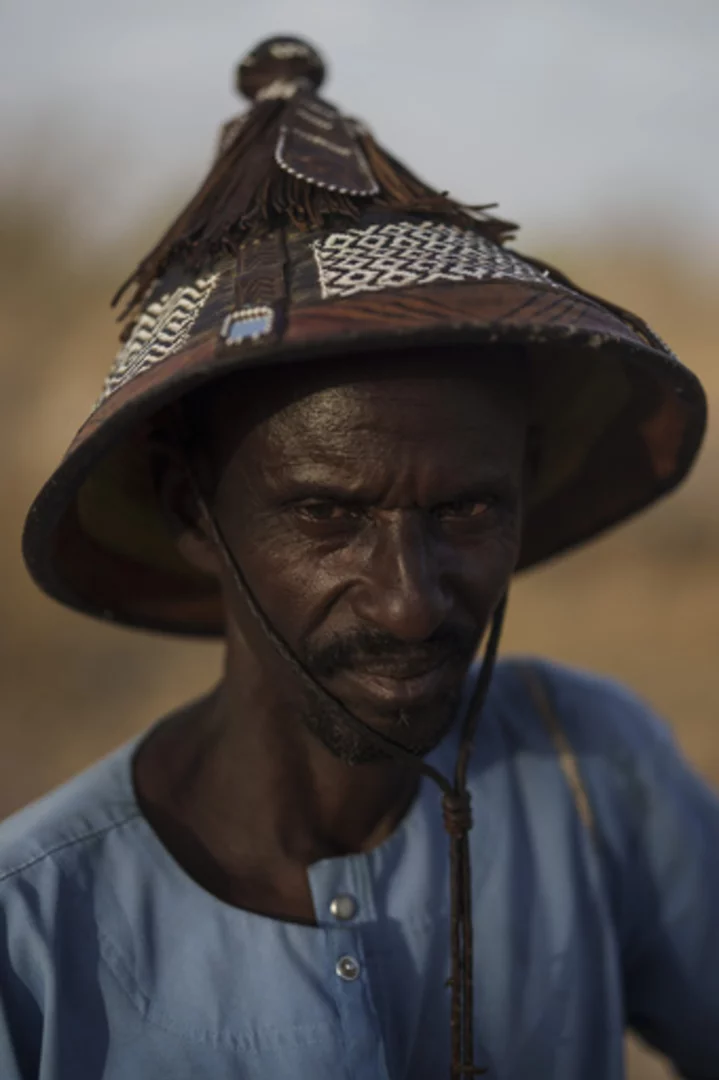California's Death Valley is the hottest place in the world and the driest place in North America. But two months after Hurricane Hilary's epic rainfall, parts of the national park look more oasis than desert.
Parched ground turned to ponds, wildflowers are in bloom in remote areas and a salt flat is now a massive lake. The salt flat-turned-lake is an exceptional but fleeting sight to behold.
"It is definitely a rare and special event," Death Valley park spokesperson Abby Wines told CNN, only happening roughly once a decade.
It's all because Hilary unloaded a year's worth of rain, 2.2 inches, on Death Valley in just 24 hours on August 20 -- the wettest day in the park's history. Until then, the park had never recorded more than 2 inches of rainfall in a single day, according to records that date to 1911.
The parched desert soil couldn't absorb the excessive rainfall fast enough, which triggered flash flooding. The torrent of water washed away trails and much of everything else in its path.
"Every road in the park was damaged," Wines told CNN. "We still have a lot of work ahead of us."
Damage was so severe it forced Death Valley National Park to close from late August to mid-October, the longest closure in its history, Mike Reynolds, the park's superintendent, said in a news release.
Now that the park is partially reopened, some of the rare sights have a limited window to be seen, while others will forever be out of reach.
Floodwaters pooled in many locations throughout the expansive park in Hilary's immediate aftermath, including the Mesquite Flat Sand Dunes. Mud cracks are the only evidence of the many pools which have dried out since August.
Excess water also sent wildflowers into early bloom in a remote area of the park difficult for most visitors to access, according to Wines.
But the most impressive result of Hilary's wrath can still be seen in person -- the only question is for how long. Badwater Basin, the lowest point in North America, is home to a temporary lake that is several miles long, according to the National Park Service.
Badwater sits at 282 feet below sea level, so it's no surprise floodwater pooled here. The true surprise is the water's staying power. Nearly two months after the historic floods, water remains trapped there.
"It was a lot of rain (from Hilary) and it's going to take a while for all that water to evaporate -- even in the desert," Wines told CNN.
A month after Hilary, Wines took a kayak out to Badwater's lake and estimated the water's depth to be about a foot. Now the lake is only a few inches deep and may dry up within a few weeks, according to the NPS.
The lake's lifespan will depend heavily on the weather over the next few weeks: The hotter and drier the weather, the faster its water will evaporate. But average high temperatures in Death Valley drop quickly during the fall and get nowhere near the record-shattering heat of summer. High temperatures are forecast to dip into the 80s later this week and only top out in the 70s by early next week, which may slow the pace of evaporation.
"I wish we knew exactly how long it will last," Wines said, adding she thinks there will probably be some water there through November.
Wines had one piece of advice for visitors hoping to see the rare wonder: "The sooner the better."









